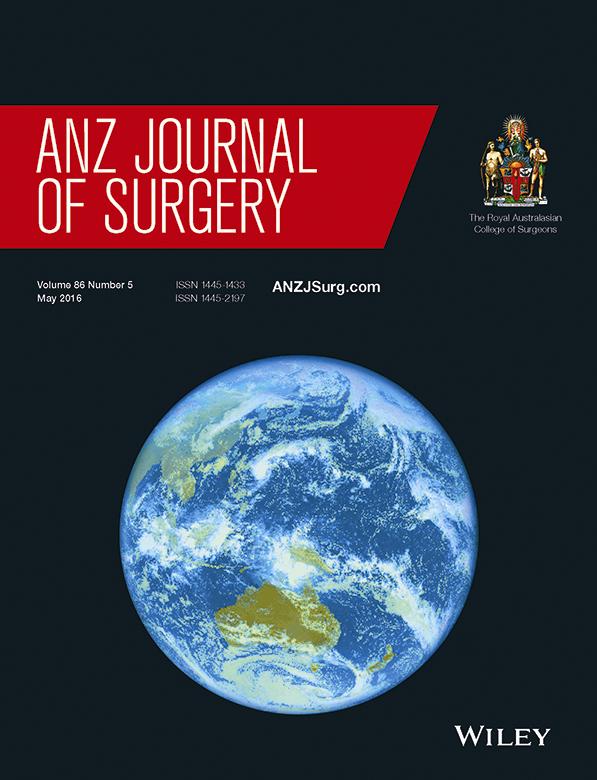Factors predicting poor outcomes in T1N0 oral squamous cell carcinoma: indicators for treatment intensification
Abstract
Background
This study investigated the impact of adverse pathological features (APFs) amongst patients with T1N0 oral squamous cell carcinoma (OSCC) on both tumour control and survival. We aimed to investigate clinicopathological factors that would predict poor outcomes and determine a clinically relevant threshold for the recommendation of additional treatment.
Methods
Retrospective analysis of 121 patients from a single institution (1988–2013) who were treated with surgery only (wide local excision of the primary tumour with or without neck dissection). Only patients who are pT1cN0 or pT1pN0 were included. Patients who had received adjuvant radiotherapy were excluded from the study.
Results
APFs were associated with increased regional failure included tumour thickness (TT) ≥5 mm (P = 0.007), perineural invasion (PNI) (P = 0.003), infiltrative border (P = 0.030) and poor differentiation (P = 0.005). Poorly differentiated tumours were also associated with increased local failure (P = 0.03). Local control (LC), regional control (RC) and disease-specific survival (DSS) decreased with an increasing number of APFs (P = 0.009, P = <0.001 and P = 0.009, respectively). Patients with four or more APFs had significantly worse outcomes in LC (P < 0.001), RC (P < 0.001) and DSS (P < 0.001).
Conclusion
T1N0 OSCC exhibiting four or more APFs or demonstrating poor differentiation on histology had an increased risk of locoregional failure. The presence of PNI, infiltrative border and TT ≥5 mm are associated with increased regional failure. These factors may prompt escalation of treatment for patients with T1N0 OSCC.




